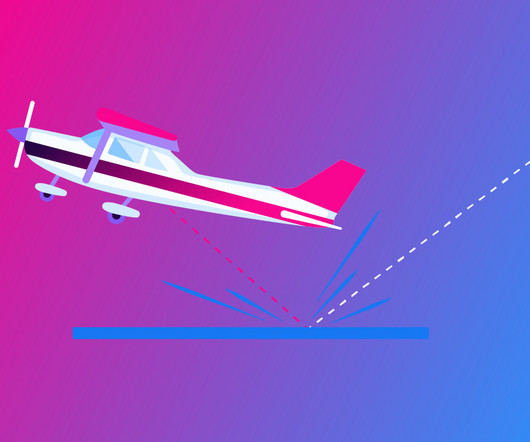NTSB Releases Preliminary Report on Holland Accident
Flying Magazine
MAY 2, 2025
” The aircraft came to rest in a grass ditch about 100 feet from the left side of Runway 08 and 500 feet beyond the approach threshold. Photos of the horizontal stabilizer structure adjacent to the left elevator counterweight plug show a dented washer and scrapes. The elevator was intact and remained attached.















Let's personalize your content